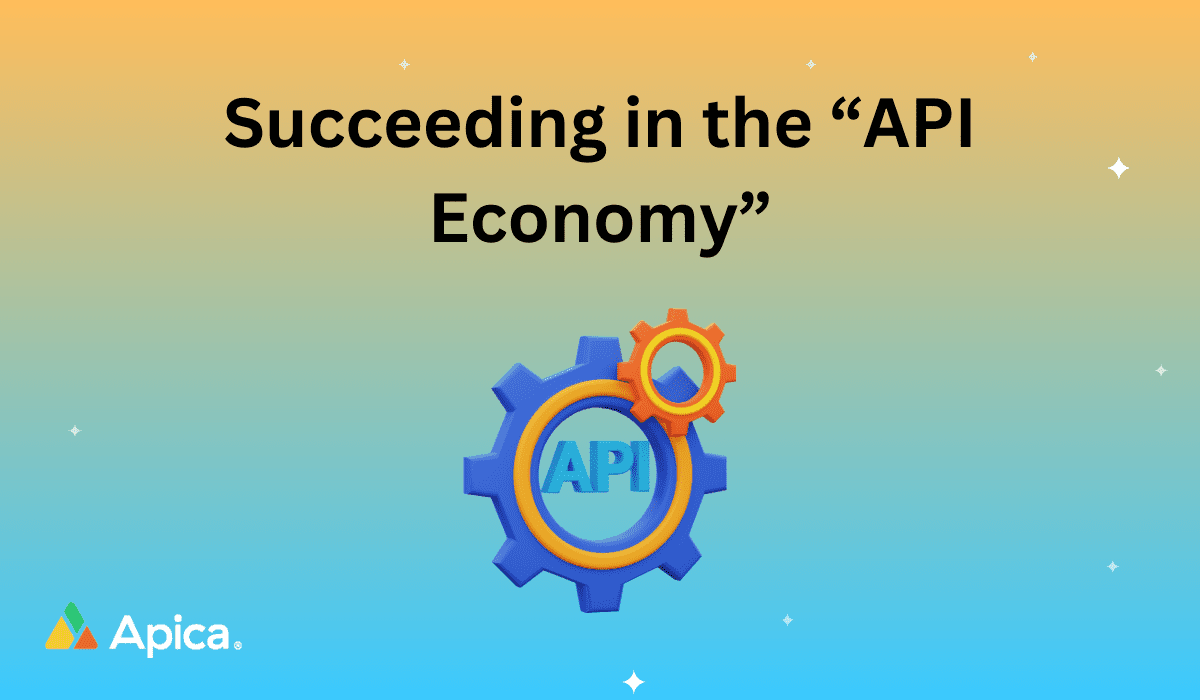The API Economy not only offers incredible opportunities to explore new ways to interact with devices and services, but also allows innovators to put a new spin on solving old problems. According to IBM, the API Economy is “the commercial exchange of business functions, capabilities, or competencies as services using web application programming interfaces.” The Internet makes it possible for devices and people all over the world to be connected, whereas APIs utilize hardware and software to exchange information over those connections. As organizations and the public continue to grow more comfortable with implementing API technology in day-to-day activities, the market for API products continues to expand.
The API Economy in Action
If you used your Facebook credentials to log in to a Disqus comment board today, or used a Google maps widget to locate a store you’re visiting later, you’ve already used two different APIs. APIs are also helpful beyond web browsers. For example, if you ordered more Bounty paper towels this morning with an Amazon Dash button, or turned down your home’s Nest thermostat from work using a mobile app, you’re already familiar with Internet of Things devices running APIs.
Succeeding in the Data Economy
APIs used to be developer tools, but now they’re a business model driver. Your business’s products and services can be reworked and implemented in inventive ways to generate new revenue streams. Succeeding in the API Economy is essentially the same as succeeding in the Data Economy–and many businesses find it helpful to treat the API itself as the new product. This may seem a bit unusual since the API shares a lot of assets with another product, but both need to stand alone. Google Maps and the Google Maps API, for example, are two different products that share some of the same primary services.
A well-implemented API will expand on an existing product or concept, which in turn will seize new business growth opportunities. As a general rule, an API should improve performance–making it easier, for instance, for a business to include a map on their website, or for a homeowner to fix thermostat settings remotely. However, APIs require a solid, reliable Internet infrastructure. If that IoT thermostat doesn’t get the message that it should turn off the air conditioning because the server that handles the communication is overloaded, the customer will be less than thrilled. Latency is also important: The communication needs to happen quickly or the customer may give up. Load testing services are essential to making sure your infrastructure is ready to handle communication for your API.
Play Well with Others
APIs are built around the concept of communication and should streamline a specific process with the goal of extending your business to the widest possible audience. Your business may also be on the receiving end of help from another organization’s API. For example, if you were designing a video streaming service aggregator app for phones and tablets, you would work with APIs from services like Netflix, Hulu, and Amazon to gather data on content available on each service. The flip side of pulling in data from multiple sources is that an API typically has to interact with multiple endpoints. For example, the hypothetical IoT thermostat would not only need to work with iOS devices to reach its full audience, but also on Android devices, Windows Phone devices, and desktop web applications.
A well-implemented API is seamlessly integrated into day-to-day activities and environments. When someone sees a Google Maps widget on a store website, they shouldn’t see it as an API, but as a convenient offering that enhances their experience. An effective API Economy strategy addresses what the audience wants or needs–and, most importantly, enhances their experience.










